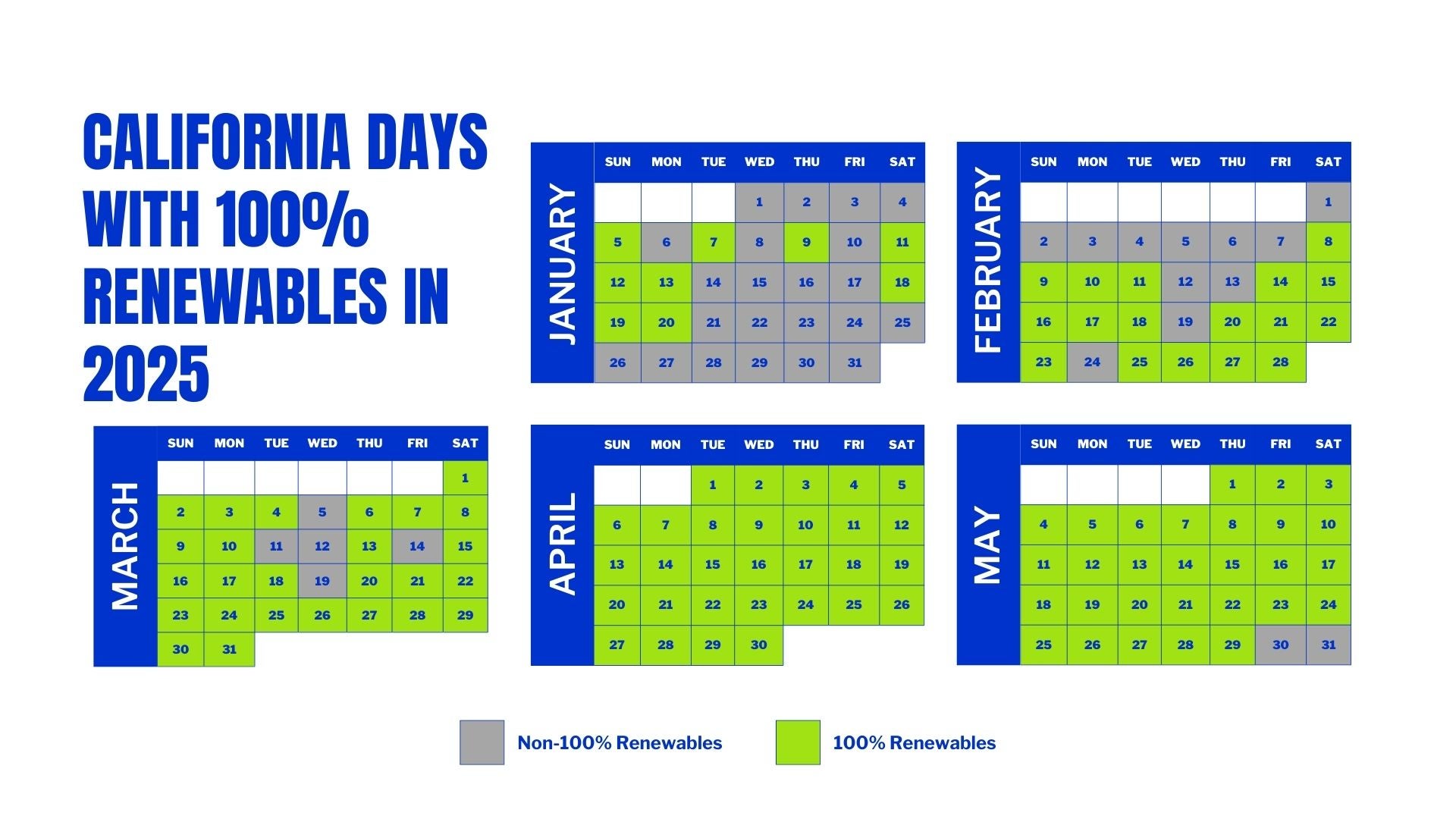
Growing body of research reveals high stakes for California leaders to get the details right in Senate Bill 540
This blog was supported by Julia Young, an Andlinger fellow from Princeton University. This is the third in a blog series on the opportunities presented by the Pathways Initiative, focused on California.
California’s legislature is winding down to the last days of its session. A top priority should be finding ways to save families money on their utility bills without compromising the state’s clean electricity goals. A well-designed western electricity market does just that, according to a new analysis supported by EDF.
The difference between lawmakers getting the details right or wrong in Senate Bill 540 is significant. Getting it wrong jeopardizes the future of a unified western electricity market, costing Californians $350 million dollars a year. This affirms prior research about the need to get the details right since that would enable Californians to save more than a billion dollars each year in energy costs by developing a unified western market.
The problem: renewable energy going to waste
California is a leader in the transition to running its grid predominantly with clean generation resources supplied by renewable energy. In 2025 so far, nearly 75 percent of days have had at least one portion of the day where 100% of electricity demand was met by renewables.
On the surface that statistic is exciting but it also means that for 3/4 of the days this year some portion of California’s electricity market experienced a market failure. The electric grid needs to make more investments and improvements in order to reliably generate and use 100% of renewable power. Until then, in order to ensure the grid is reliable, we have to turn off (or curtail) those renewables when they over-generate. The amount of curtailment of renewable energy is only growing, leading to a waste of clean energy.
The solution: a bigger, better electricity market
Moving to a day ahead market where electricity can be traded 24 hours in advance across the West would help reduce the rapidly growing amount of California’s curtailed renewable energy. Other states have dirtier power plants; those other Western states want to buy California’s cleaner and cheaper renewables. However, those dirty power plants are of an older technology and vintage so that they cannot respond to the existing market’s signal (which is sent on a real time basis) to turn down. The promise of the day ahead market is that with extra lead time there would be sufficient time to send those polluting plants a signal to produce less and to buy the extra renewable power from California instead. Not only would this allow California to export excess generation from renewables (reducing the market failure of curtailment), but it would also save California more than a billion dollars each year in energy costs. This is great, but we need to get the market details right to make these savings real.
As described in previous blogs, the California legislature is actively negotiating SB 540, a piece of legislation which would make the necessary governance changes to allow an expansion to a day ahead market. If lawmakers get the policy right in SB 540 and pass it, California could be participating in one larger market in the West, which would maximize both economic and environmental benefits. If lawmakers fail, however, the status quo does not stay the same, and California would be worse off than it is today since it would lose access to our existing real-time electricity trading partners and erode its existing environmental, economic and reliability benefits. Simply put, getting the details right on SB 540 means avoiding a fate of having the West have a fractured electricity market is worse off for all participants.
The reason why is because one large day ahead market gives grid operators more options to sell that renewable power (instead of curtailing it). Having access to a wider market also gives California’s grid operators more flexibility on where to pull power from when the state needs it, giving all participants a wider set of both cleaner and cheaper generation resources.
Having one large market versus two split markets are the stakes of getting the details in SB 540 right. A new analysis from Aurora Energy Research demonstrates that customers will both save money and that more renewables will be integrated into the system if we get market design choices right. (This is entirely dependent on getting the language in SB 540 correct).
This new analysis confirms previously available results conducted by The Brattle Group earlier this year – specifically the findings that families and businesses will save more money if we can unlock a larger market, and we will be able to push more renewables onto the system faster. It also demonstrates that the results accrue quickly, and that each year of delay only diminishes the impact to both California and the rest of the West.
Next steps
To see the effects of this market analysis, and to maximize benefits to all of California and the West, it is crucial that lawmakers act decisively to fix and properly implement SB 540. Getting the details right will yield benefits in the near term for the state, and will demonstrably save customers money and help fight climate change.
California is at an inflection point, and passing SB 540 is a viable plan to reduce customer’s energy bills and to make it easier to buy cheap electricity when it is needed.













